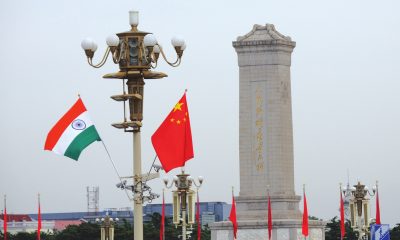High Time for India and China to Work Cooperatively to Realize Asia’s Century

All Global Research articles can be read in 51 languages by activating the “Translate Website” drop down menu on the top banner of our home page (Desktop version).
***
No one could have put a simple proposition better than what Chinese State Councilor and Foreign Minister Wang Yi did last week on the mending of the Sino-India relationship which has been uneasy following the tense border skirmishes along the Line of Actual Control (LAC) in Ladakh region last year.
On March 7, the Chinese foreign minister held a news conference on the sidelines of the fourth session of the 13th National People’s Congress in Beijing, the country’s top legislature, to explain China’s diplomatic agenda for 2021 to the outside world.
Wang Yi sets tone for future of Sino-Indian ties
Although the virtual media conference was dominated by questions on the US-China relationship in post-Trump era, China-Russia bilateral relations, COVID-19 vaccine cooperation, Hong Kong electoral system, global governance, the Belt and Road Initiative and some major domestic events to be held this year, Wang also spoke about the importance of building a “constructive relationship” with India. He offered a fresh blueprint to clear the air on Sino-Indian bilateral relations after the prolonged border standoff in the Ladakh border area.
The foreign minister exhibited both hope and confidence on relations between Asia’s two biggest countries. “The boundary dispute, an issue left from history, is not the whole story of the China-India relationship,” Wang said. The candid tone of his remarks emphasized that China values its friendship with India and will work to manage its differences with its neighbor.
Click here to read the full article.
*
Note to readers: please click the share buttons above or below. Forward this article to your email lists. Crosspost on your blog site, internet forums. etc.
Featured image is file photo: VCG

